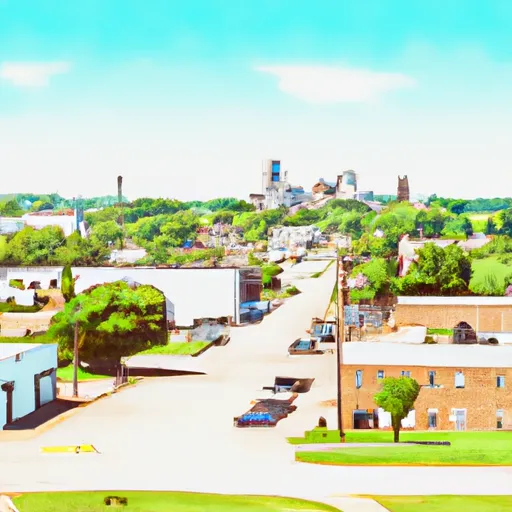°F
°F
mph
Windspeed
%
Humidity











Smithland is a charming town located in Iowa, known for its unique climate, hydrology constituents, and ample outdoor recreation opportunities. Situated in the Midwestern region of the United States, Smithland experiences a continental climate. Summers are warm and humid with temperatures ranging from the mid-70s to mid-90s°F, while winters are cold with average temperatures ranging from the mid-20s to mid-40s°F. The area receives a moderate amount of precipitation throughout the year, with slightly higher levels during the spring and summer months.
Smithland is defined by its proximity to the Missouri River, providing excellent hydrology constituents for water enthusiasts. The river offers opportunities for fishing, boating, and kayaking, allowing residents and visitors to embrace the natural beauty of the surrounding area. Additionally, the town is surrounded by picturesque forests and parks, making it ideal for hiking, camping, and wildlife observation.
Outdoor recreation enthusiasts can explore Smithland Recreation Area, which offers camping facilities, picnic areas, and hiking trails. The area is renowned for its breathtaking views and abundant wildlife, providing visitors with a serene and peaceful environment.
In conclusion, Smithland, Iowa, offers a diverse climate, hydrology constituents, and a range of outdoor recreation opportunities, making it an attractive destination for nature lovers and adventure seekers alike.
Weather Forecast
Smithland receives approximately 769mm of rain per year, with humidity levels near 84% and air temperatures averaging around 10°C. Smithland has a plant hardyness factor of 5, meaning plants and agriculture in this region thrive during a short period during spring and early summer. Most plants will die off during the colder winter months.
Regional Streamflow Levels
167
Cubic Feet Per Second
12
Cubic Feet Per Second
24,000
Cubic Feet Per Second
30
Cubic Feet Per Second
Nearby Camping
| Camping Area | Reservations | Toilets | Showers |
|---|---|---|---|
| Riverview Marina State Rec Area | |||
| Pony Creek Co Park | |||
| Haworth City Park - Bellevue | |||
| Glenwood Lake Park | |||
| Walnut Creek - Papillion | |||
| Friendship City Park |



